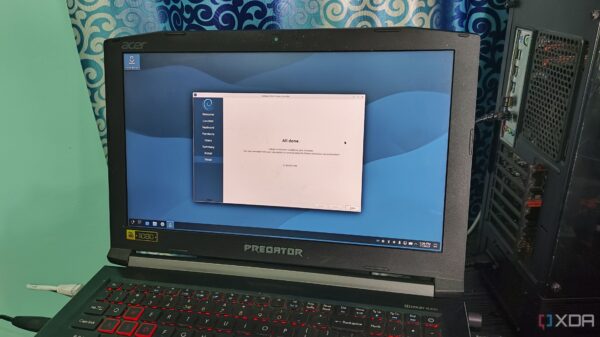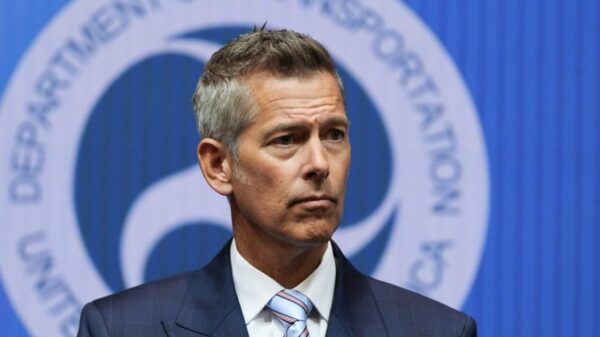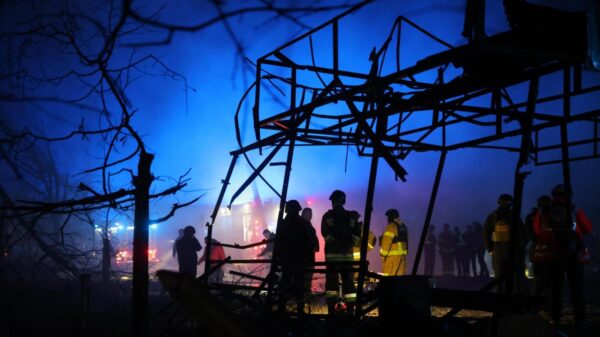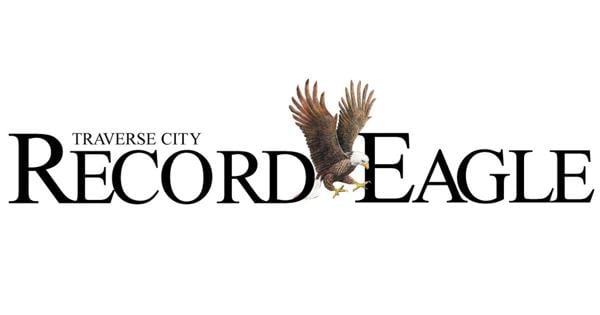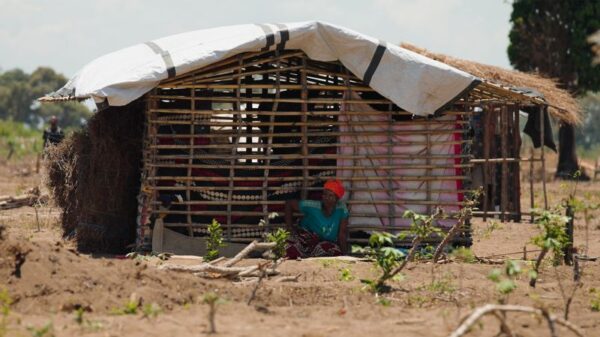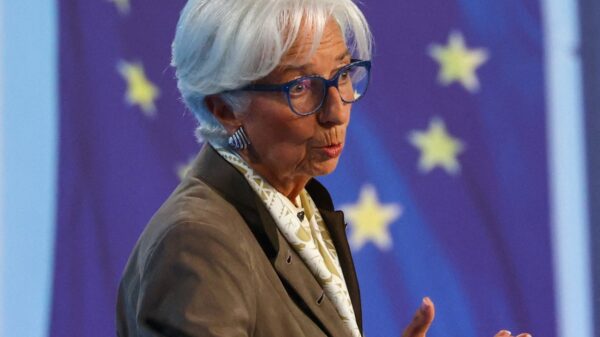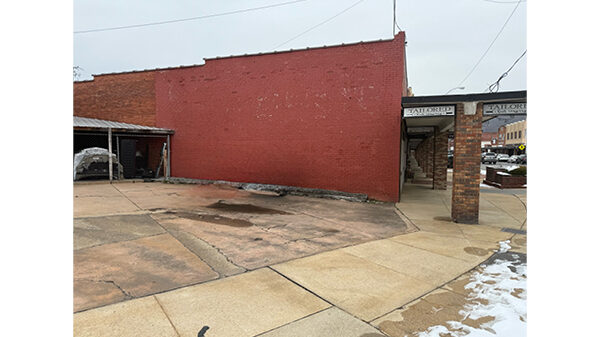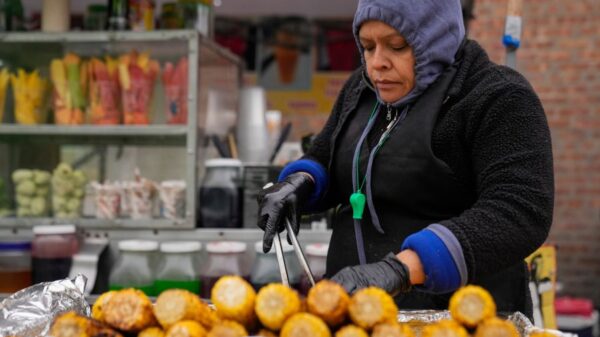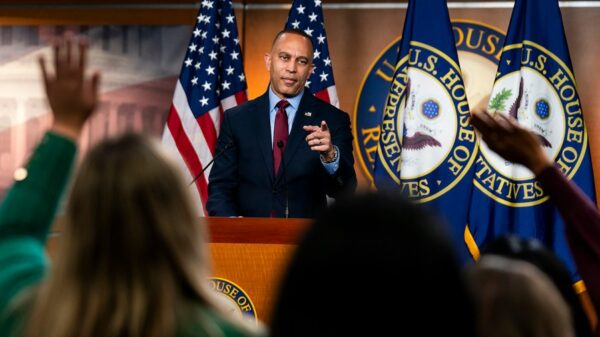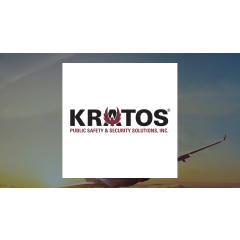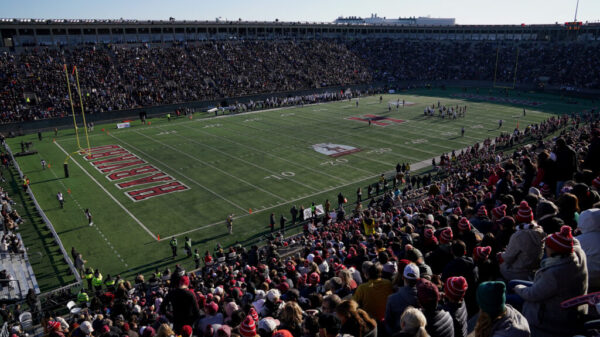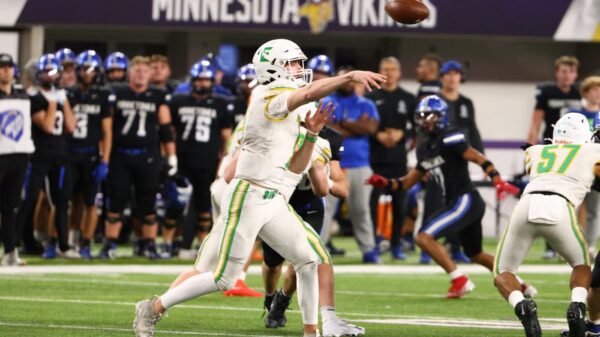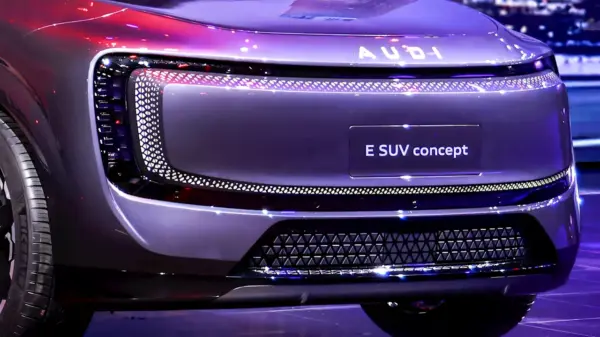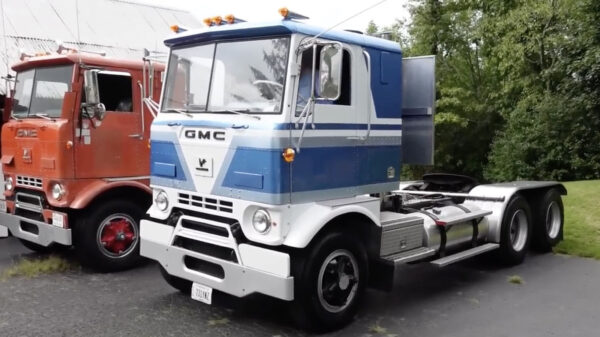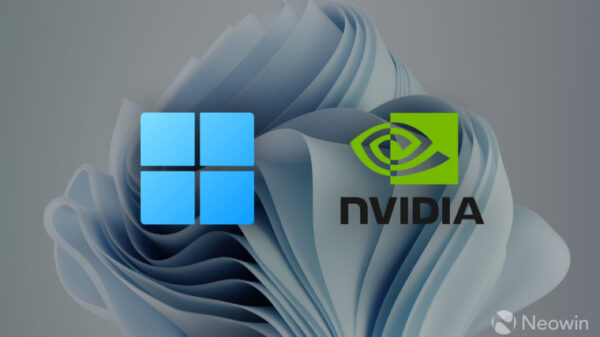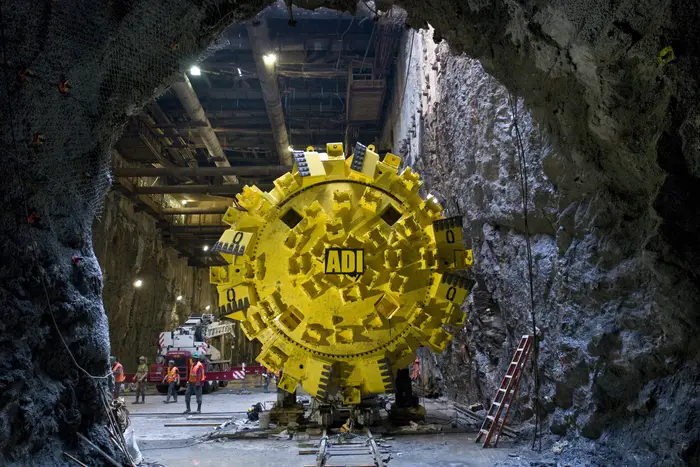UPDATE: The Metropolitan Transportation Authority (MTA) has just announced a groundbreaking $2 billion contract to extend the Q line into East Harlem, marking a significant advancement in New York City’s subway expansion efforts. The deal includes a cutting-edge, 700-ton tunnel boring machine set to arrive from Europe in 2027, aimed at enhancing construction efficiency for the Second Avenue subway project.
This state-of-the-art machine, measuring between 250 and 300 feet when assembled underground, will excavate a tunnel spanning from 120th to 125th Streets along Second Avenue before heading west toward Lexington Avenue. MTA construction chief Jamie Torres-Springer emphasized the importance of adopting modern technology, stating, “Government is not always that adept at taking advantage of industry standard innovations, and the MTA hasn’t been in the past… So us adopting the industry standard here is a very big deal and it’s going to save us a lot of money.”
The machine, built by Herrenknecht in Germany, boasts remarkable capabilities, able to dig approximately 35 to 40 feet per day while simultaneously installing the tunnel lining through a process involving the injection of a specially formulated mix of clay, cement, and water. This “pressurized slurry” method stabilizes the ground to prevent collapses, a critical factor in urban excavation.
Getting the massive machine underground at 120th Street will be a substantial challenge, with MTA officials estimating the process will take at least three months. Workers will then face the intricate task of assembling it belowground. “These machines are really, really long,” noted Magued Iskander, a geotechnical engineering professor at NYU. “Certainly the hardest part of the job is the access points.”
The MTA is leveraging lessons learned from the first phase of the Second Avenue subway, which faced delays due to inadequate geotechnical analysis and the less efficient boring technology used. The new machine will allow quick adjustments based on varying ground conditions, minimizing potential disruptions. MTA executive Kurt Egger highlighted that the updated technology reduces risks associated with unexpected ground conditions.
This transition to modern boring techniques marks a significant departure from the methods used in the past, where crews relied on dynamite for excavation. The advancements in construction will not only expedite the process but also ensure safer operations underground.
Once the digging is completed in East Harlem, MTA plans to leave parts of the machine beneath East 125th Street, anticipating further extensions of the subway line westward. Torres-Springer reaffirmed the agency’s commitment to innovation, stating, “This is not your grandfather or grandmother’s tunnel boring operation here from a century ago. We’ve really placed the MTA at the cutting edge.”
Residents and commuters are urged to stay updated on the progress of this pivotal project, which is set to transform transit options in the area. The MTA is actively working to engage the public and address any queries regarding the construction timeline and impact on local travel.
As this project develops, the MTA invites the community to submit questions for future updates. For those interested in following the latest transportation news, sign up for the “On The Way” newsletter for exclusive insights and updates.
This urgent development in NYC’s transportation infrastructure is crucial for commuters and residents alike, promising improved access and efficiency for one of the nation’s busiest cities. Stay tuned for more updates as this project unfolds!



